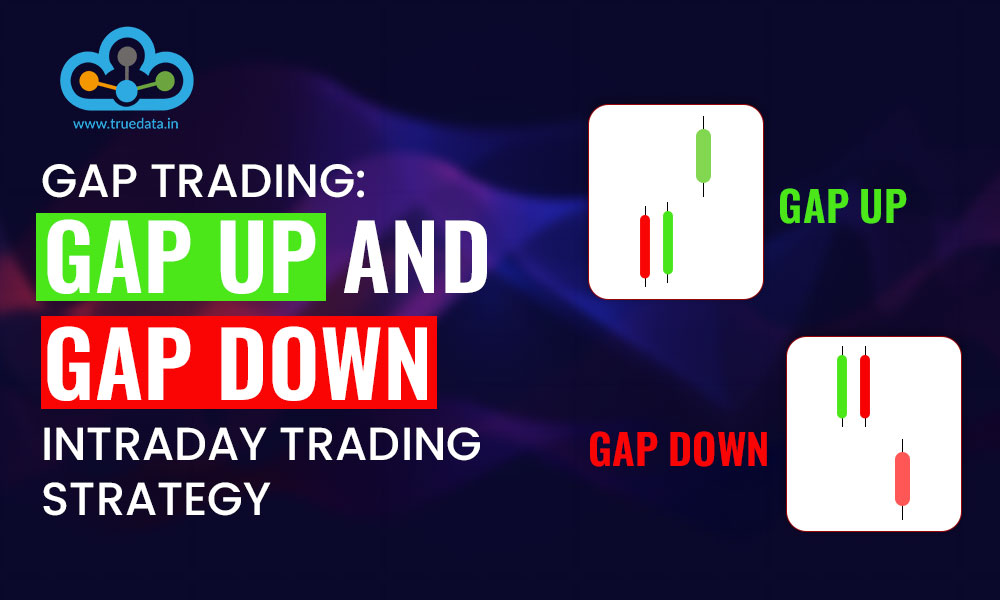
If you are a regular trader you would have frequently noticed a gap in the prices of a security between two trading days despite the closing of the trading hours. This gap is an indication of the market sentiment as well as the upcoming potential trend reversals. The mark of a successful trader is to understand these gaps and trade them effectively to create a successful trading portfolio. In this article, we will discuss the concept of gap trading in detail to understand the various nuances and ensure a better trading journey.
The term gap trading strategy can be explained by analysing two separate concepts in this trading strategy, namely, gap up and gap down. Let us discuss these concepts in detail here.
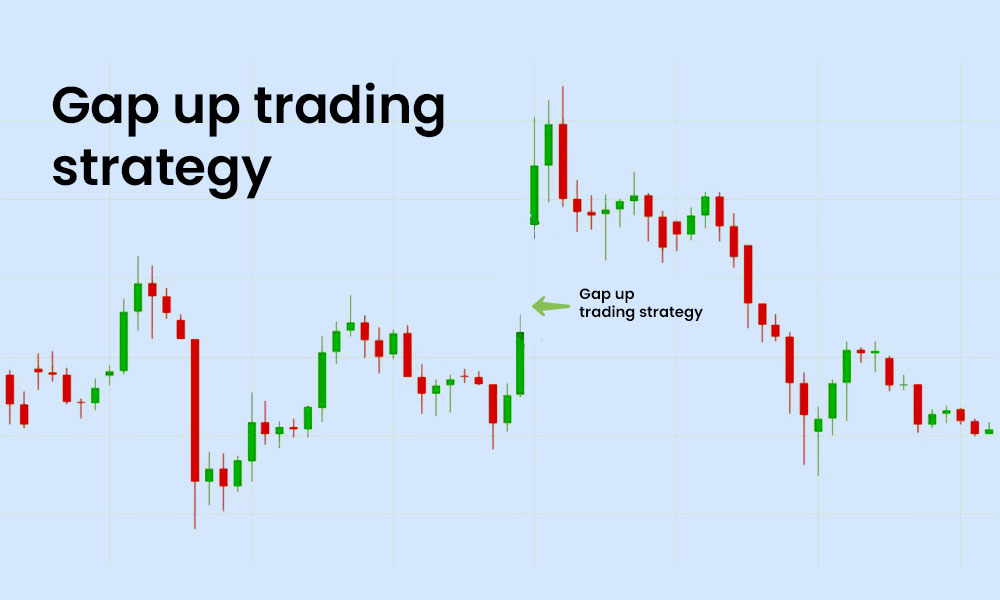
Gap up trading strategy refers to a scenario where the opening price of a stock is significantly higher than its previous day's closing price. This creates a visible gap on the price chart, indicating a surge in buying interest or positive sentiment overnight. This gap up can be caused by various reasons like positive news announcements, favourable economic data, or significant events impacting the company or market as a whole. Traders can profit from gap ups through strategies like ‘fade the gap’ or the ‘momentum continuation’ strategy. The former strategy involves waiting for a partial or complete gap fill before entering a trade. This requires the use of technical indicators for potential reversal points and monitoring trading volume. The latter trading strategy involves entering long positions early to capitalise on the upward trend, with a focus on confirmation signals and robust risk management techniques like setting stop-loss orders.
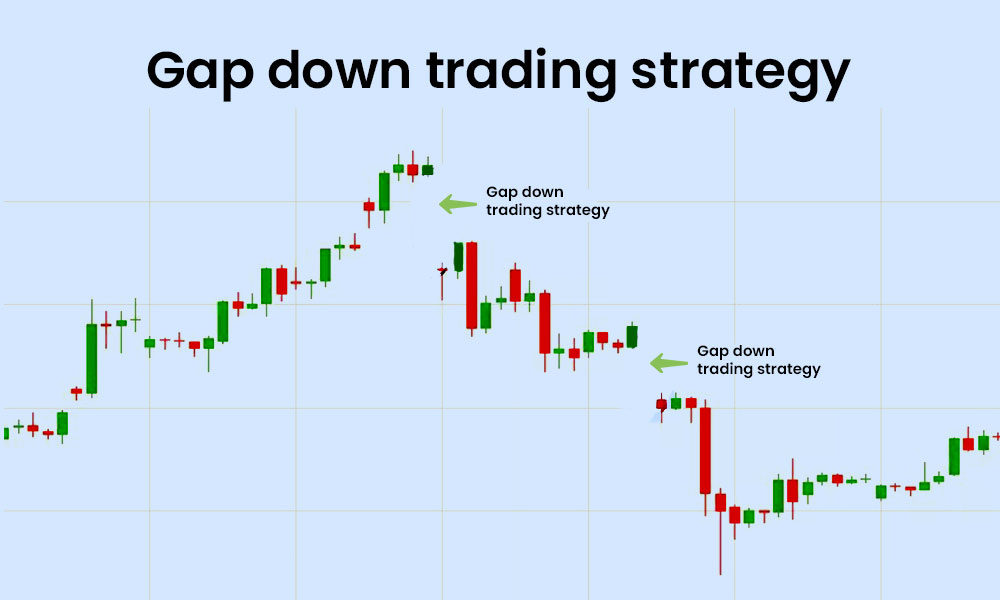
The gap down trading strategy, on the other hand, occurs when a stock's opening price is significantly lower than its previous day's closing price. This creates a visible gap on the price chart which reflects the bearish market sentiment and the selling spree overnight. A gap down can occur due to negative news, poor earnings reports, geopolitical tensions, or adverse market conditions. Traders can navigate gap downs through strategies like short-selling or reversal confirmation. In the case of the former strategy, traders anticipate further downside momentum and enter short positions to profit from falling prices while closely monitoring the market sentiment and the support levels. The other gap down trading strategy involves patiently waiting for signs of a price recovery before considering long positions. Under this strategy, traders look for bullish reversal patterns like hammer candles, bullish engulfing patterns, or positive divergence in oscillators like MACD (Moving Average Convergence Divergence) or Stochastic RSI.
As mentioned above, the gap in intraday trading is the price difference between the previous day's closing price and the current day's opening price of the security. In order to trade these gaps effectively, it is primarily important to understand the various types of gaps and interpret them correctly. Here is a brief explanation of the various types of gaps in intraday trading.
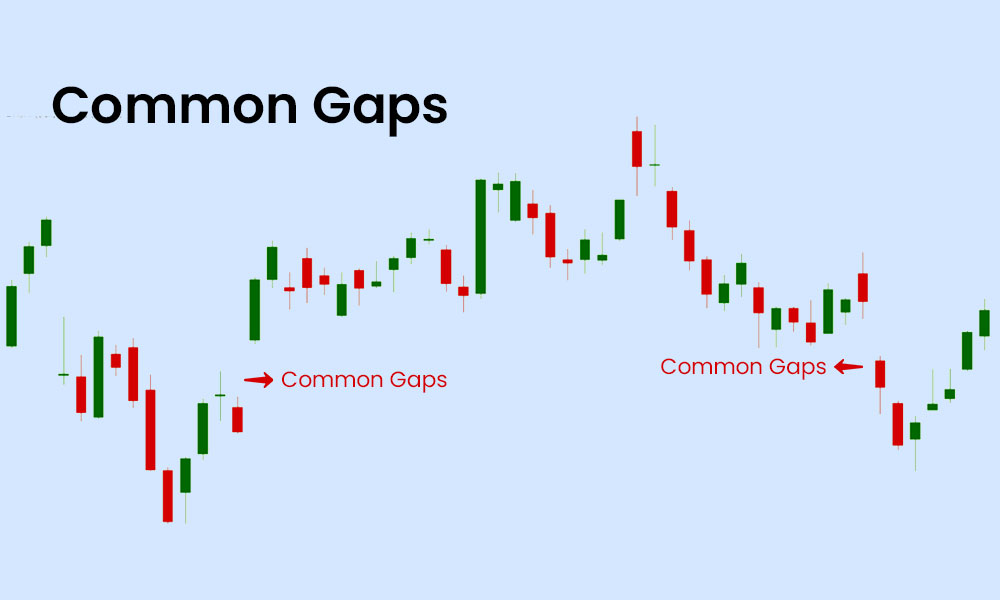
Common gaps are relatively small price gaps that occur frequently in intraday trading. They usually do not indicate significant shifts in market sentiment and are often caused by normal market fluctuations or minor news events. Common gaps are typically filled relatively quickly during the trading session as buying and selling pressure equalises. Traders may choose to capitalise on common gaps by employing short-term trading strategies based on technical analysis indicators like moving averages, RSI, or Bollinger Bands to identify potential entry and exit points.
-Gaps.jpg)
Runaway or continuation gaps occur within an ongoing trend and indicate a temporary pause or consolidation in price before the trend resumes. These gaps reaffirm the strength of the existing trend and can serve as confirmation signals for traders looking to enter or add to positions in the direction of the trend. Identifying runaway gaps involves many factors like a thorough analysis of the prevailing market trend, support and resistance levels, and momentum indicators like MACD or Stochastic RSI. Traders can capitalise on continuation gaps by entering trades in alignment with the prevailing trend as well as setting appropriate stop-loss to manage risk.
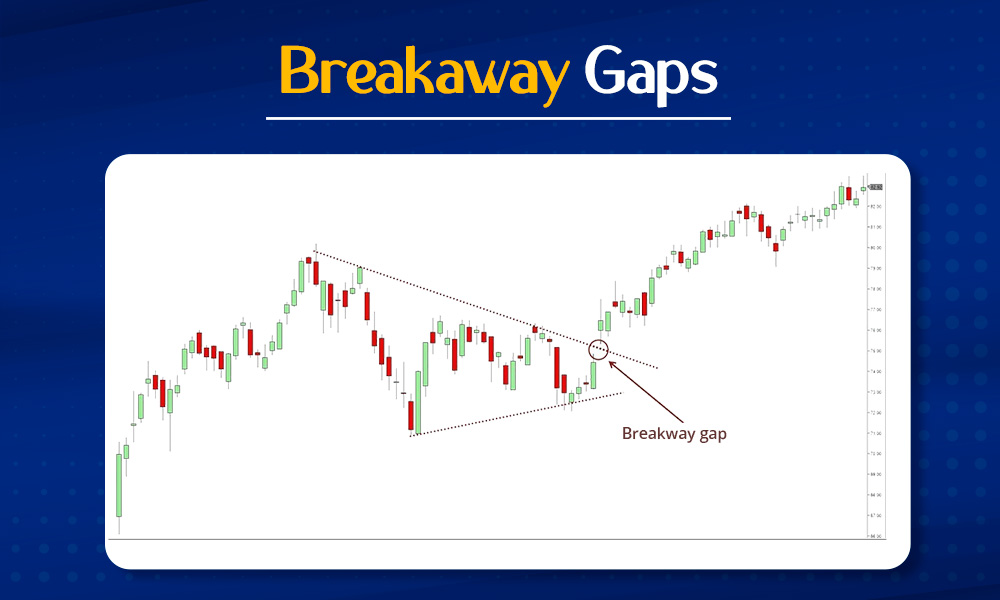
Breakaway gaps are larger price gaps that occur when the market experiences a sudden shift in sentiment or a significant news event. These gaps are often accompanied by high trading volumes and can signal the beginning of a new trend or a strong price movement. Breakaway gaps can present lucrative trading opportunities for traders in intraday trading however, it requires them to correctly interpret the underlying reasons for the gap and anticipate the direction of the subsequent price movement. Traders may use fundamental analysis, news catalysts, and technical analysis tools to validate breakaway gaps and formulate trading strategies accordingly.
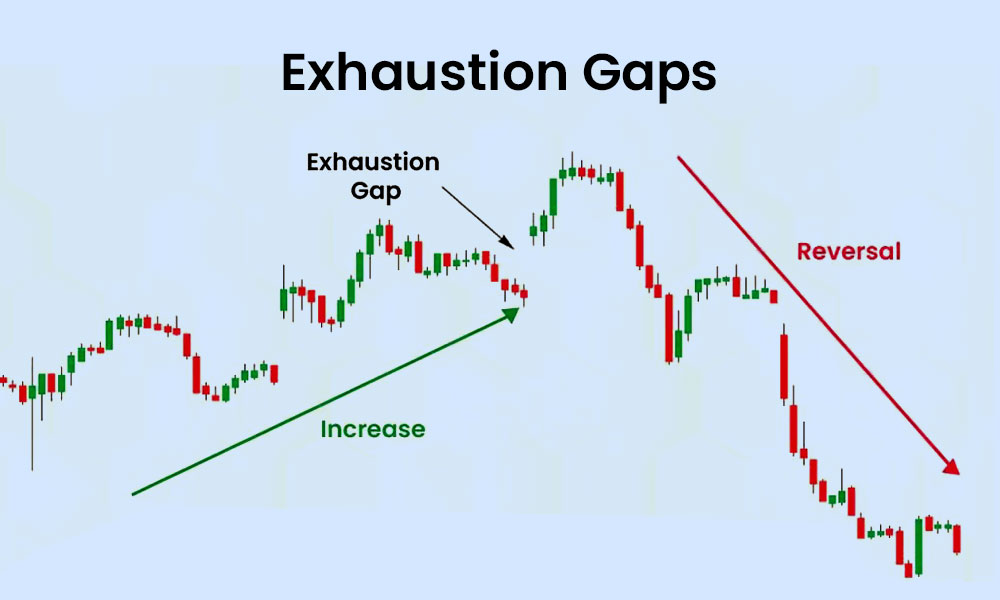
Exhaustion gaps occur near the end of a price trend and signify potential exhaustion of buying or selling pressure. These gaps often occur after a prolonged uptrend or downtrend and can signal a reversal or a significant correction in price. Identifying exhaustion gaps requires careful analysis of price patterns along with volume trends and key support or resistance levels. Traders can use candlestick patterns like doji candlesticks, shooting star, or hammer candles in conjunction with volume analysis to confirm exhaustion gaps and devise their trading plan accordingly.
Price gaps can be caused by a variety of factors. Predicting them requires a combination of fundamental analysis, technical analysis, and an understanding of market dynamics. A few causes of price gaps in intraday trading are highlighted hereunder,
Earnings reports
Corporate announcements like mergers or acquisitions
Major news events including geopolitical developments and economic data releases
Shifts in investor sentiment and market trends
Technical factors like breakouts from key levels and chart patterns.
Predicting price gaps can be quite easy and tricky at the same time. Traders need to sift through the abundance of information to analyse it correctly and predict the impact of the information on the prices of the securities. Traders should focus and stay informed about a variety of information like financial news, earnings calendars, economic indicators, and market updates to identify potential catalysts for price movements. Technical analysis tools and indicators can help in pinpointing support/resistance levels, trend reversals, and breakout points. At the same time, chart patterns and volume trends can provide valuable clues about the strength of the price movements for better analysis.
Gap trading is a crucial part of intraday trading. It helps one better understand the price differences and trend movements. This understanding further helps in better planning and executing trading strategies, ensuring a robust trading portfolio.
This article talks about gap trading and related concepts in detail. Let us know if you have any queries on this topic or need any further information and we will address them.
Till then Happy Reading!
Read More: What are popular trading strategies?
Read More: Get Live NSE Data For Amibroker

In the world of high-speed trading, success often hinges on capitalising on even...
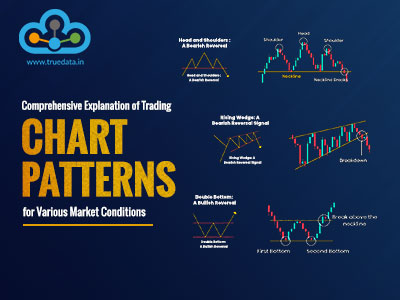
The use of technical analysis for trading is vital for creating a successful tr...
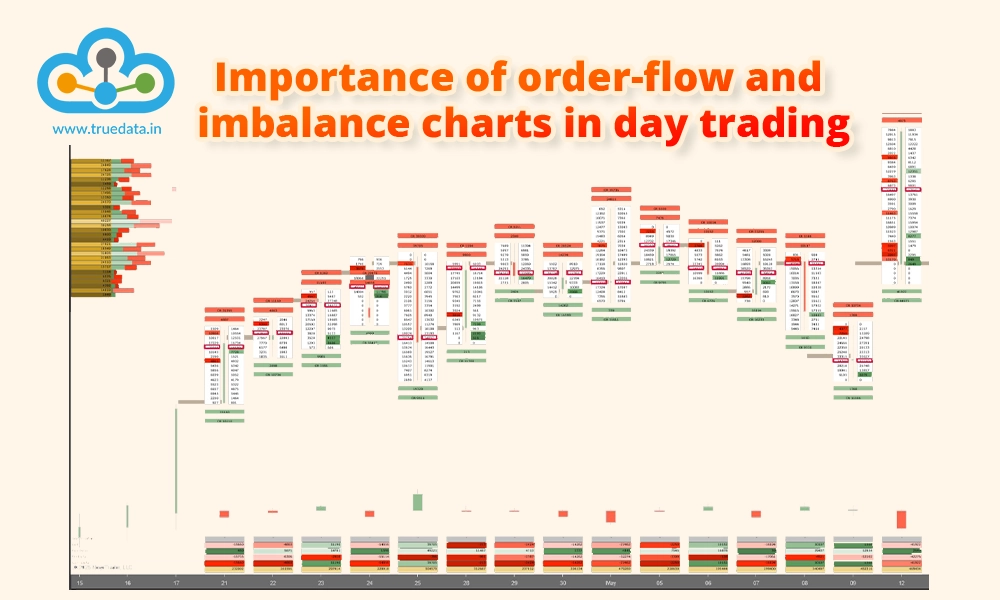
Do you know, only about 3 of India’s population is actively invested in st...